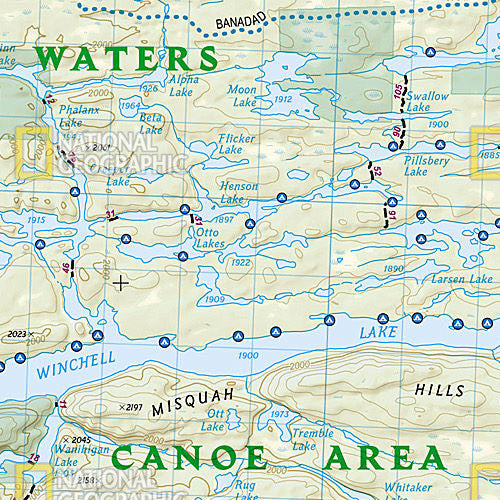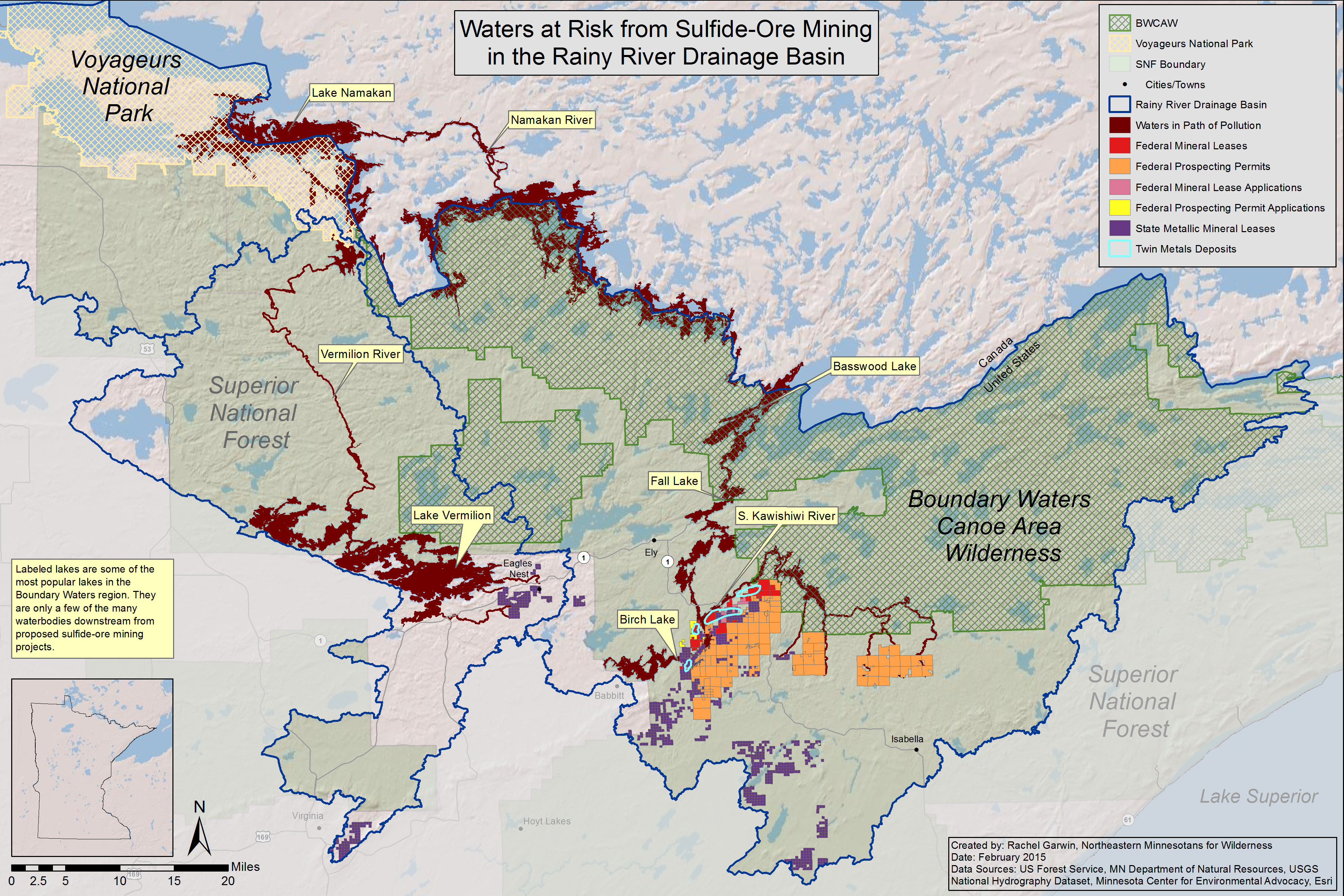




Today, the US EPA manages the maintenance and distribution of NHD Medium Resolution as part of the NHDPlus Version 2 suite of products, which can be downloaded from the EPA NHDPlus website.The Boundary Waters Canoe Area Wilderness (BWCAW) is a unique natural area located in the northern third of the Superior National Forest in northeastern Minnesota. More background regarding the development history of NHD and related datasets may be found in the document Making the Digital Water Flow: The Evolution of Geospatial Surfacewater Frameworks. Forest Service, and additional partners initiated the production of the NHD at 1:24,000 or larger scale. In the early 2000s, the US EPA assumed the role of primary custodian for the NHD at 1:100,000 scale to support their applications and those of other medium resolution users, while the USGS, U.S. In the late 1990s, the USGS and the US EPA collaborated to produce the medium resolution National Hydrography Dataset at 1:100,000 scale for the conterminous U.S.
#Boundary waters map code#
This includes metadata stored in NHDFeaturetoMetadata and NHDMetadata, sources given in NHDSourceCitation, identification of model and data version given in NHDProcessingParameters, flow relations given in NHDFlow, reach code histories given in NHDReachCrossReference, the domain of feature codes given in NHDFCode, and others.
#Boundary waters map series#
Information about the NHD also can be obtained in a series of associated tables. Streamgages, which are point features, can be displayed and identified in the network through linear referencing with a network address. NHDPointEventFC, NHDLineEventFC, and NHDAreaEventFC represent point, line, and area data events that behave as map features and linearly referenced events. NHDPoint contains hydrography related point features. Artificial path carries the critical attributes of the stream/river, whereas NHDArea represents the geometric extent. These polygons typically encompass NHDFlowline artificial paths that represent the stream network. It represents the areal extent of the water in a wide stream/river with a basic set of attributes. One of the more important is the stream/river feature. NHDArea contains many additional water-polygon features. Other NHDWaterbody features are swamp/marsh, reservoir, playa, estuary, and ice mass. These water polygons may have NHDFlowline artificial paths drawn through them to allow the representation of water flow direction. They portray the spatial geometry and the attributes of the feature. Waterbodies such as lake/pond features are represented in NHDWaterbody. NHDLine contains linear features not core to the network. Additional NHDFlowline features are canal/ditch, pipeline, connector, underground conduit, and coastline. It represents the spatial geometry, carries the attributes, and contains linear referencing measures for locating features or “events” on the network. NHDFlowline is the fundamental flow network consisting predominantly of stream/river and artificial path vector features. It is also available as a shapefile download, which simplifies this structure by containing all of the feature classes as separate shapefiles and tables as separate data files.įor information about NHD specifications, please see the Hydrography Standards and Specifications page. It also includes the WBD in a second feature dataset.
#Boundary waters map download#
The NHD file geodatabase download contains NHD data in the Hydrography feature dataset. The NHD is available as a file geodatabase download, which maintains the richness of the complex NHD database model, including multiple feature datasets, feature classes, event feature classes, attribute tables, relationship classes, domains, and feature-level metadata. The NHD, Watershed Boundary Dataset (WBD), and 3D Elevation Program (3DEP) data are used to create the NHDPlus High Resolution. These data are updated and maintained through Stewardship partnerships with states and other collaborative bodies. The National Hydrography Dataset (NHD) is mapped at 1:24,000 or larger scale (1:63,360 or larger scale in Alaska).


 0 kommentar(er)
0 kommentar(er)
